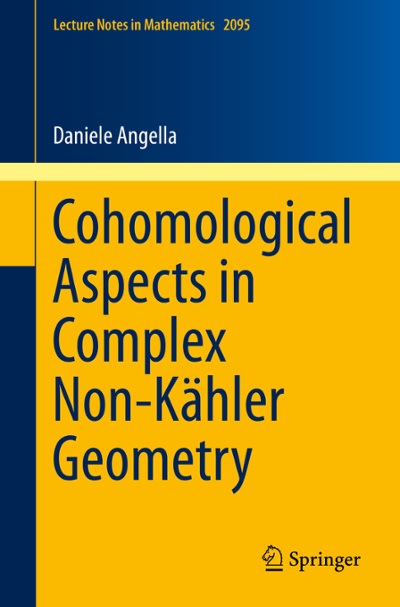Question
When we roll one die, we have a 1 in 6 probability of getting any particular number on the die. When we roll a pair
When we roll one die, we have a 1 in 6 probability of getting any particular number on the die. When we roll a pair of dice, there are 36 different pairs that can be produced, yet only 11 actual distinct values.
Explain how the probability associated with the roll of each individual die in the pair explains the higher variability in the total outcome of the roll of each pair. How do the concepts of permutations and combinations apply to this example? Discuss how the notion of degree of freedom can be used to illustrate the accumulating results of a set of dice rolls.
Step by Step Solution
There are 3 Steps involved in it
Step: 1

Get Instant Access to Expert-Tailored Solutions
See step-by-step solutions with expert insights and AI powered tools for academic success
Step: 2

Step: 3

Ace Your Homework with AI
Get the answers you need in no time with our AI-driven, step-by-step assistance
Get Started


